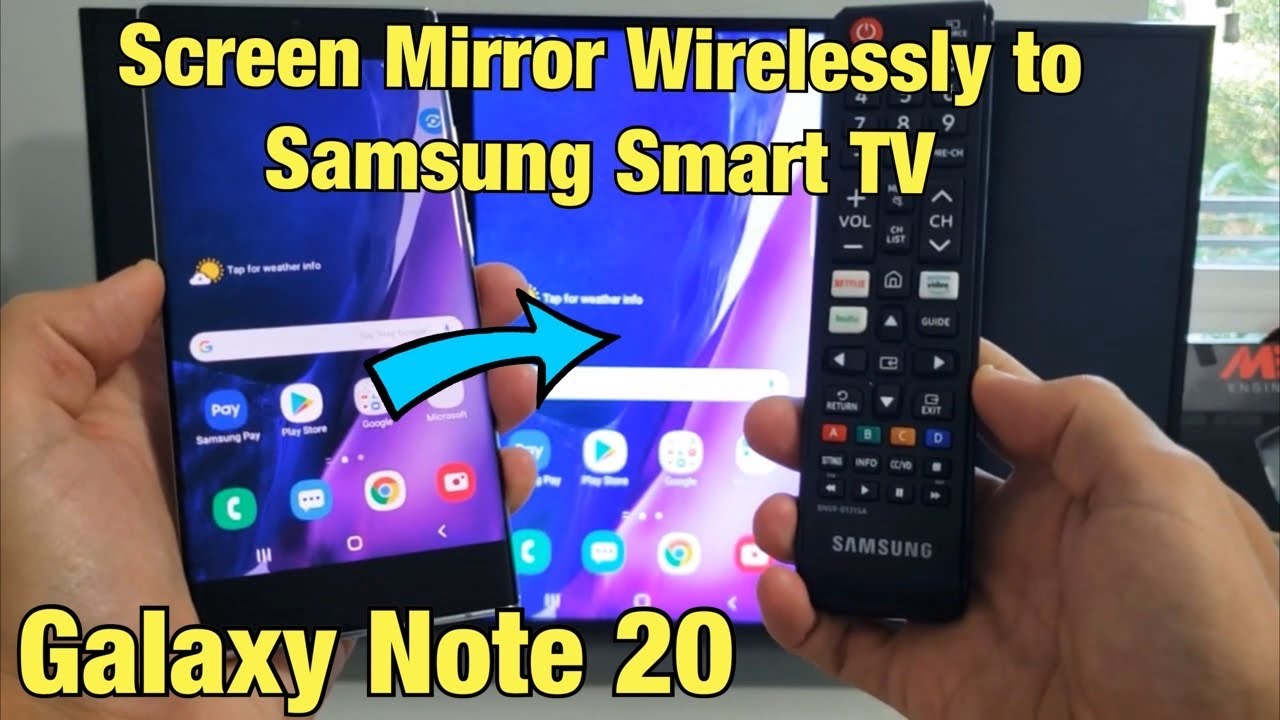- HDMI Adapter:
-
- The most direct method. You’ll need a USB-C to HDMI adapter.
- Plug the adapter into your Note 20, connect an HDMI cable to your TV, and select the correct input.
Multiport Adapter: These offer HDMI plus additional ports (USB, Ethernet), great for both mirroring AND productivity.

Wireless Options: Cut the Cords!
- Smart TVs with Screen Mirroring:
-
- Ensure your TV has this feature (often called Miracast, Screen Share, etc.).
- On your Note 20, pull down the notification shade, look for a “Smart View” or similar casting icon.
- Follow the on-screen prompts to connect to your TV wirelessly.
- Samsung DeX:
-
- If you have a compatible Samsung Smart TV, DeX offers a desktop-like experience using your phone as the brain.
- Some newer TVs support DeX wirelessly, older ones may need an HDMI adapter.
- Streaming Devices:
-
- Chromecast, Roku, etc., let you cast videos, photos, and some apps to a TV that may not have native mirroring on its own.
Choosing Your Method: Consider These Factors
- Ease of Use: Direct wired connections are often the most foolproof.
- Desired Experience: Are you mirroring your whole screen, or just casting specific videos? This dictates the best solution.
- TV Compatibility: Not all TVs support every type of wireless mirroring.
Tips for Success
- Strong Wi-Fi: Wireless connections rely on a robust signal for lag-free mirroring.
- Check Compatibility: Ensure any adapters you get specifically mention the Note 20.
- Keep it Charged: Mirroring can drain your phone’s battery, especially with longer sessions.
Your Note 20 on the Big Screen
Connecting your Samsung Galaxy Note 20 to a TV opens up a whole new world of entertainment, productivity, and shared experiences. By understanding the options and their nuances, you’ll transform your phone into a content powerhouse.
لا تعليق